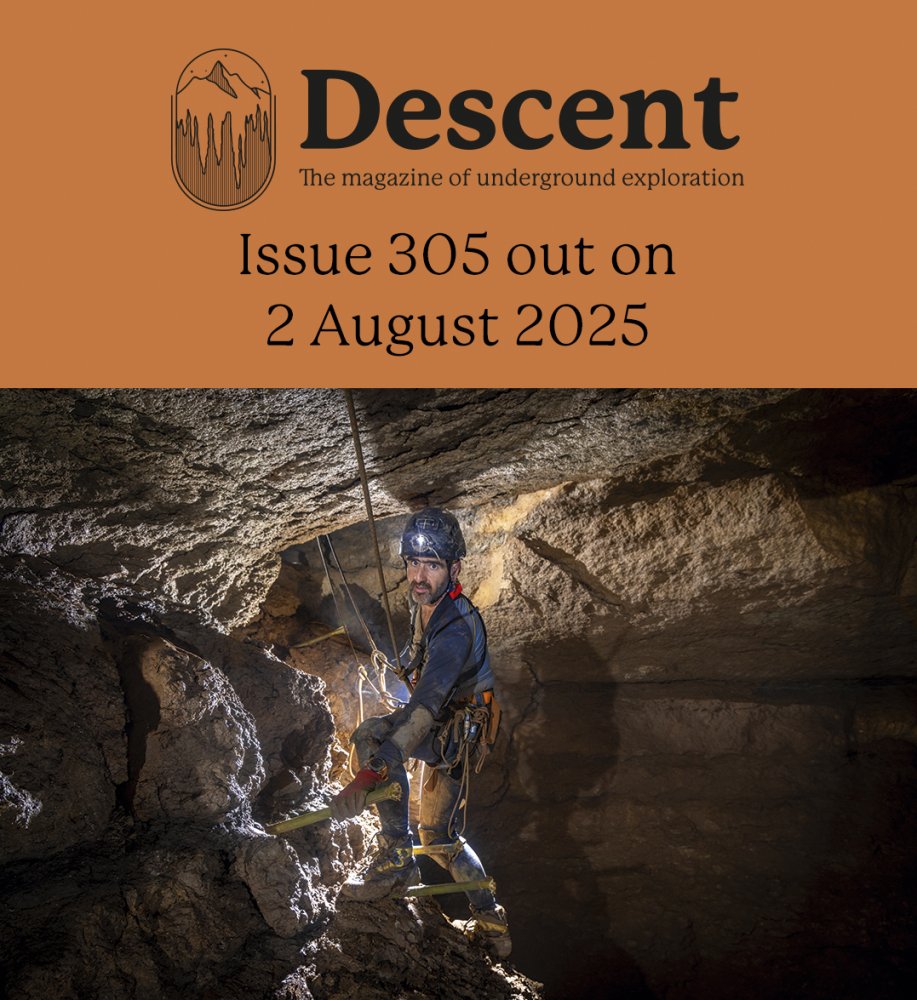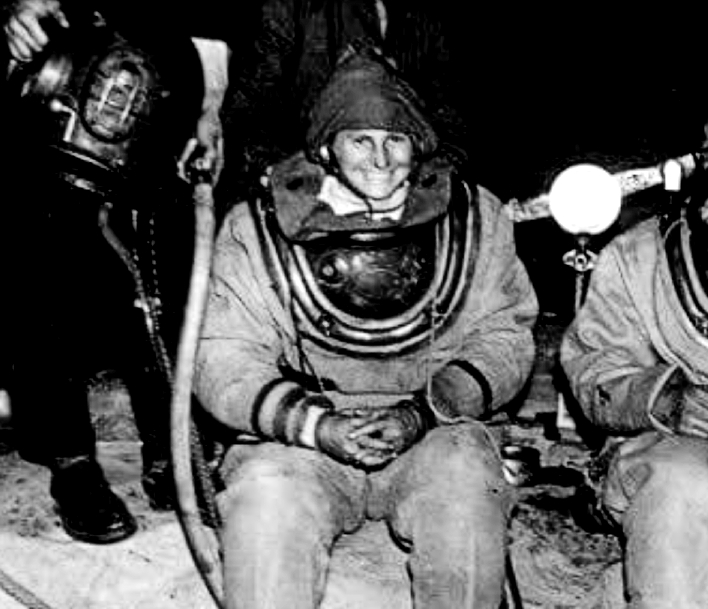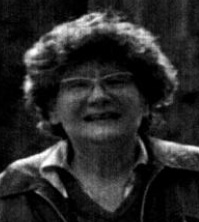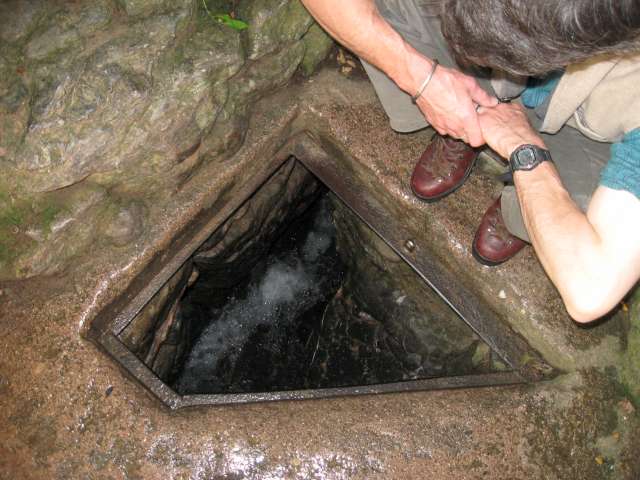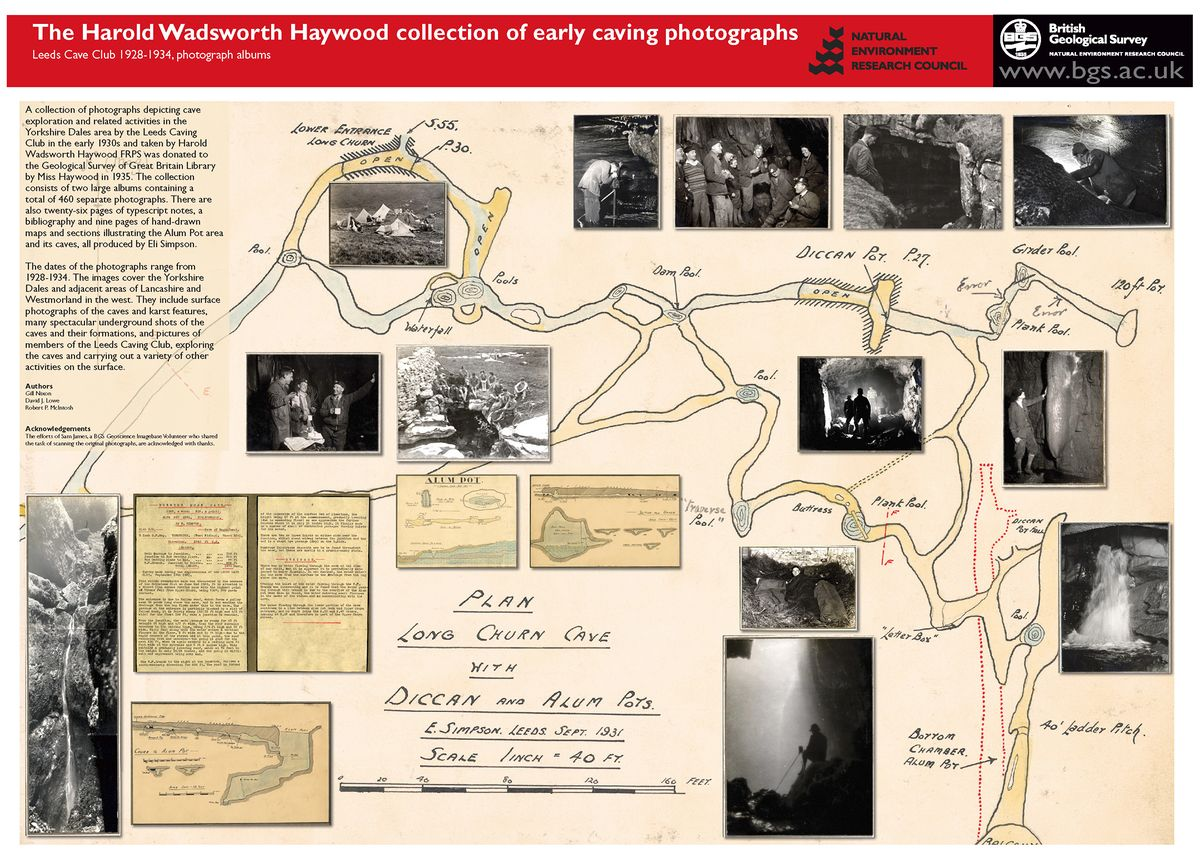Taking a more detailed look at Steven A. Craven's article:
"It is not known how Simpson came to be interested in caves. One version of the story is that he and a girl friend went to Ingleton on Midland Railway excursion tickets. They walked up Chapel-Ie-Dale onto Ingleborough. Simpson found a cave and crawled in. At the end of the day he had ruined his suit, lost his girl friend and gained a love of speleology."
[S(cott),HJ, 1936. Yorkshire Evening Post, 28 Aug. p. 10.
M(itchell), A, 1962. Vale: E. Simpson. Journal of the Craven Pothole Club, Vol.3, 96-97.]
"Lilac Farm [rearing poultry], like many enterprises at that time, was not profitable. To keep it going, Mrs Simpson sold off her property in Leeds house by house. When she had sold her last house in 1928, Simpson sold Lilac Farm, left his wife [he had married Lily Ellison in 1912], and returned to Leeds with his lady banjo player [Mrs Ellis] to keep house for him."
Having not caved since 1912, he was made president of, but didn't last long:
"However, the Leeds Cave Club had lady members, and was more concerned with socializing than with speleology. Simpson disapproved strongly of their whist drives and other non-speleological activities."
He also didn't get on with Tot Lord at the Craven, but SAC does show that the aunt wasn't Miss B.D. Binns (who is named further down):
"Thereafter he caved more or less independently of the clubs, often with Peter B Binns and F Peter Longbottom. They were pupils at Silcoates School near Wakefield. Binns' aunt, Harriet Byles, lived in Austwick, and she had introduced the boys to Simpson."
"Eli Simpson was one of those rare gifted self-taught people who, like Christopher F D Long of Stump Cross Caverns and White Scar Caverns fame, had a brilliant speleological brain. He had the happy knack of bbeing able to select the best place to dig for a cave, and he usually produced results. His one great error of judgement was at Easegill and Casterton Fell. After surveying Bull Pot of the Witches in 1932, and after prospecting there with
Mabel Greenwood and Bill Fairbank in 1935 and 1936, Simpson concluded that he "did not think there were any extensive caverns in the neighbourhood left undiscovered". On BSA field meets Simpson decided when and where to dig. His assistants, commonly schoolboys who were unlikely to question his
direction, did the work."
"Of the Association's war-time discoveries, the first was Christmas Cave on Giggleswick Scar. Bob Leakey, Harry Shaw,
Dorothy Stone and Jean Wright were about to eat their 1939 Christmas dinner at the Royal Oak in Settle, when the local poacher asked if they would please rescue his ferret, which was trapped in a cave. Leakey obligingly crawled into the hole indicated by the poacher, followed by Dorothy Stone. The ferret was rescued from a small, decorated cave. The entrance was sealed on the way out, and has not been rediscovered since."
[Dove, R (pseudonym Leakey, RD), 1974. The Discovery of Christmas Cave. The Dalesman, 36(9), 693~94.]
Hull Pot 1940: "On the following weekend Leakey and Gemmell descended and surveyed, while
Barbara Binns and J H Greenwood worked the lifelines"
[Simpson, E, 1949. BSA Explorations 1939-1947. Cave Science, Vol.l , 280-283 ; 290-302.
(Roberts E E), 1949. Penyghent, Hull Pot. Journal of the Yorkshire
Ramblers' Club, Vol.7(25), 268-269.]
1941:"They failed to find the shaft [Old Turf Pits]; but D Comer and B G White did report Mossdale Scar, at the base of which the largest stream in the area, Mossdale Beck, sinks. On 11 May 1941 Bob Leakey, D Comer, Bessie Grey, Ken Grey,
Dorothy Stone, B G White and
Jean Wright tried to force their way through several possible entrances. Success came to Leakey, who accidentally dropped his pipe through a fissure. While retrieving it he found the way through the Scar into Mossdale Caverns. From May to September that year Leakey made many visits with the above members and with
Marjorie Beasant, Harold Burgess, Peter Elsdon, H Gray,
Mollie Lodge and Harry Shaw."
[(Simpson, E), 1947. The Caverns of Mossdale Scar. Cave Science, Vol.l,7-8.]
1942: "On Newby Moss in August, T C Bilsbury,
Nellie Kirkham, J Parkes and G M Taylor dug out the 31m-deep Lever Pot." & in Quaking Pot: "T C Bilsbury,
Barbara Binns, D M Boothman, W W Brown, Harold Burgess, J B Clough, Robert T
Clough, J Firth, Ken Gray,
Nellie Kirkham, J Parkes, H Procter, Harry Shaw, R Simpson and G M Taylor worked their way through narrow fissures and large avens to a constricted stream passage 65m below the surface."
[Simpson, E, 1948. Quaking Pot. Cave science, Vol.l , 130--131.]
"The summer of 1943 was very wet; and the amount of fieldwork done by the Association therefore declined.
Molly Lodge, in a solo effort, dug out the right-hand branch in the upper reaches of Great Douk Cave. She crawled through, and emerged on the surface through a narrow slit very close to Middle Washfold Cave"
[Simpson, E, 1949. BSA Explorations 1939- 1947. Cave Science, Vol.l , 280-283. - covers Quaking Pot as well]
"In 1943 Arthur Gemmell drew it [what became Grange Rigg Pot] to the attention of the BSA, and Bob Leakey, D M Boothman, Harold Burgess, Ken Gray, Richard Hylton,
Molly Lodge and Jack Myers did the exploration and
survey. In the initial stages the going was narrow; farther in it was wet."
Barbara Dixon Binns was Peter's sister, she married Frank Butterfield (they also fell out with Eli):
British Cave Research Association - online historical archive for UK speleology, caves, and caving: The Frank Butterfield's collection

archives.bcra.org.uk
She was involved with sell gill as well:
Dorothy Stone became Dr Shaw:
ONE of Wharfedale’s most intrepid former residents has died at the age of 86.

www.ilkleygazette.co.uk
Christine Rawdin was Eli's housekeeper at the time of his death and also featured in Descent:
OAKES, Christene [nee RAWDIN] Fatality & obituary (150), Oct 1999, p39
Molly Lodge was indeed at disappointment pot & we have further details for Nellie Kirkham. Did Marjorie Beasant become Dr Sweeting?

